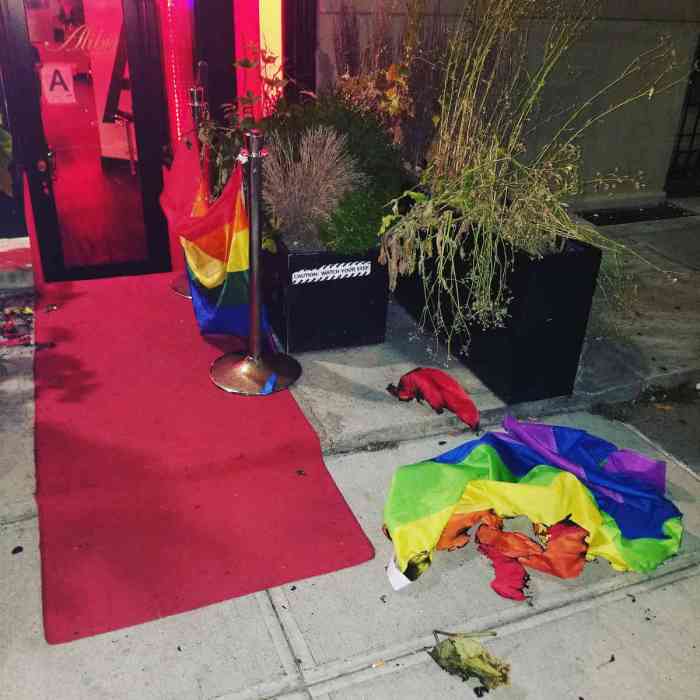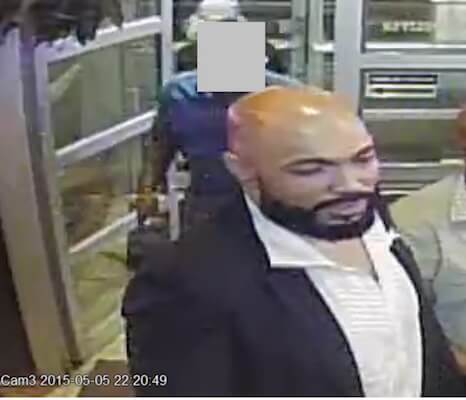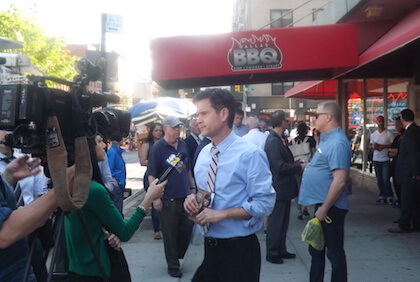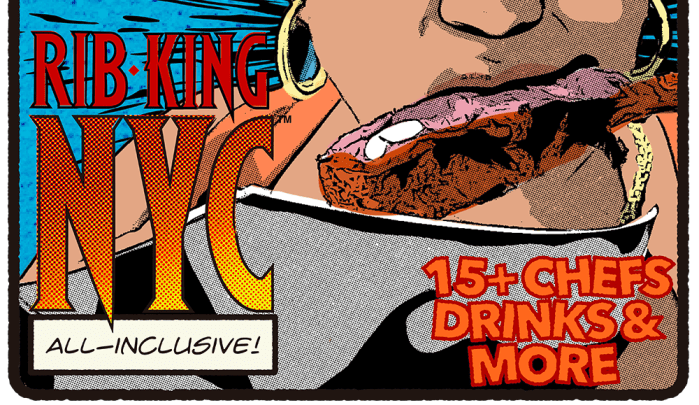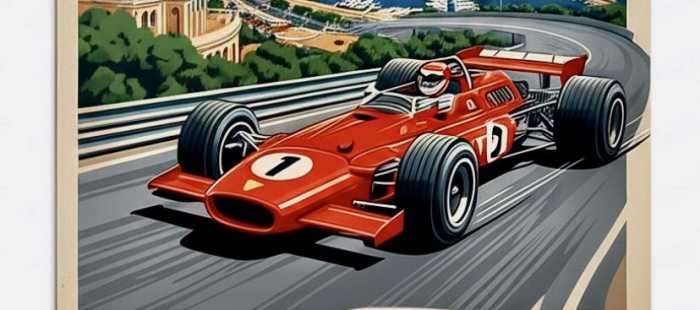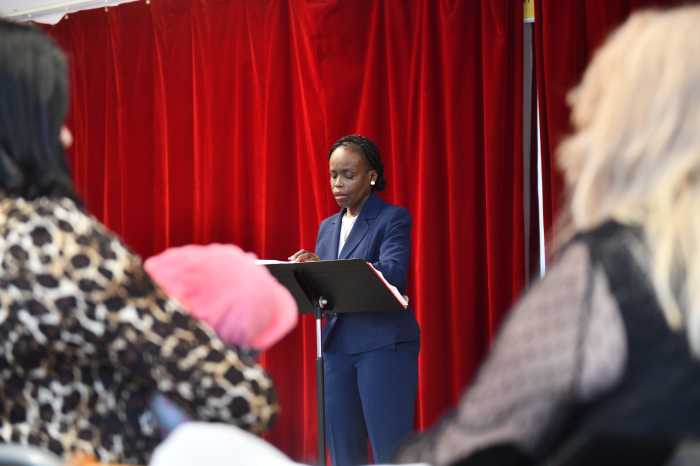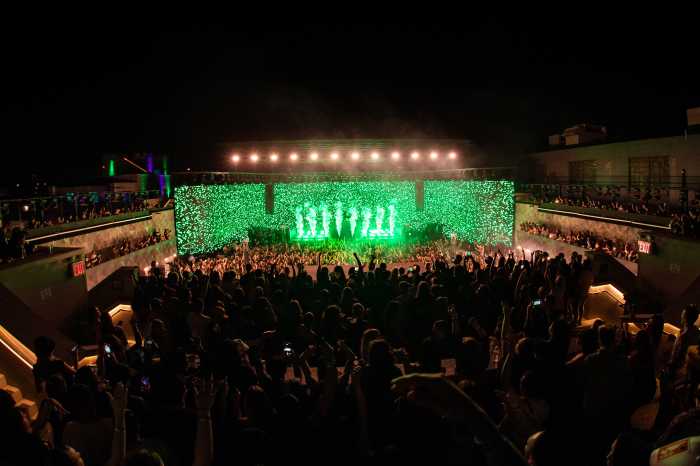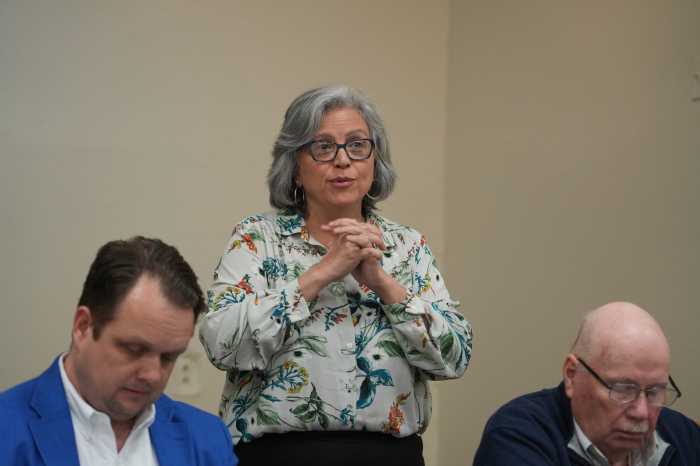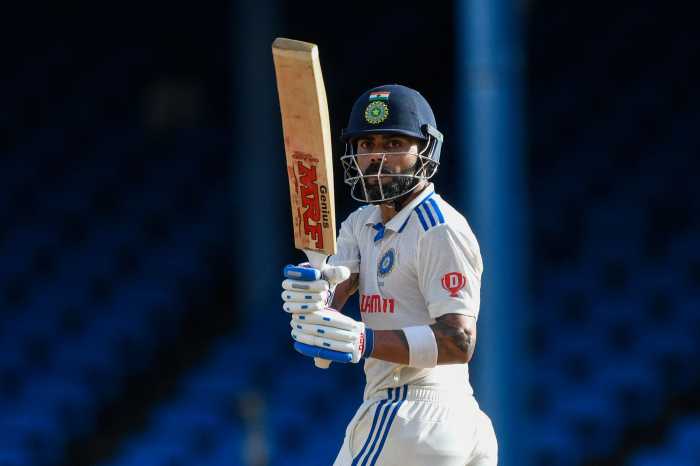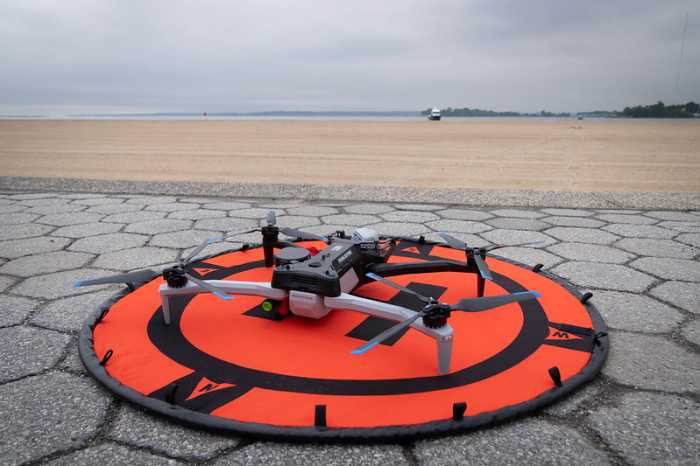Taj Patterson, after suffering an assault by a gang of men in Williamsburg in December 2013.
The defense in the trial of a man accused of participating in a 2013 gang assault on a black gay man in Williamsburg suffered a setback after the judge in the case refused to allow a witness to testify as a defense expert on DNA testing.
“I’m not impressed by his CV,” said Judge Danny Chun in Brooklyn Supreme Court on September 12. “He doesn’t have a master’s degree.”
Seeking to rebut an earlier prosecution witness who testified that Mayer Herskovic’s DNA was found on a sneaker worn by Taj Patterson, the victim, Herskovic’s attorney, Israel Fried, wanted Arthur Young admitted as an expert on DNA testing. While Fried’s questioning during voir dire appeared to establish Young’s expert status, occasionally humiliating questions from Tim Gough, the prosecutor in the case, ultimately got Young tossed as an expert.
Mayer Herskovic's legal team given until Tuesday morning to come up with alternative acceptable to Judge Danny Chun
Gough established that Young had been fired from both of his jobs prior to 2010. That year, Young founded Guardian Forensic Sciences, a two-person firm he runs in Pennsylvania. Young has an undergraduate degree in “pre-medical sciences” from the University of Louisiana at Lafayette and has limited additional training since then. He has published two peer-reviewed journal articles, but both were in law not scientific journals.
The DNA evidence is central in the case against Herskovic, who is charged with multiple counts of unlawful imprisonment, assault, gang assault, and menacing in the early morning December 1, 2013 attack. No witness has identified Herskovic as the man who beat the 25-year-old, but Patterson testified that the man who punched and kicked him in the face and jammed his thumb in his eye also pulled off his sneaker and tossed it onto a nearby roof. Patterson was left blind in one eye from the assault.
Three other witnesses testified that they happened upon a crowd of men dressed in traditional Hasidic garb who were beating a lone man. All three saw one of those men toss a sneaker or an object onto a nearby roof. Police recovered Patterson’s sneaker from the roof and it was tested for DNA by the city medical examiner’s office.
The issue with the DNA testing, called high sensitivity DNA testing, is that it uses samples that are measured in picograms, or trillionths of a gram. There could be as few as six skin cells in a picogram. The samples are usually below 100 picograms. The kits used in all DNA testing recommend not using them to test samples below 100 picograms.
The DNA in the sample is amplified, or has copies of it reproduced, and then compared to known DNA samples, in this case Herskovic and Patterson. The medical examiner’s office uses its own proprietary software, called the Forensic Statistical Tool, to perform an analysis and offer an opinion on how likely it is that a particular individual contributed DNA to a sample. The high sensitivity DNA testing done by the medical examiner’s office has been validated by New York State and another professional accrediting body.
The city medical examiner’s office is the only public crime lab in the country that does this kind of DNA testing. One New York City court in Brooklyn has barred such DNA testing as evidence in one case.
The trial adjourned after Chun barred Young from testifying and will continue on September 13. This left the defense with less than 24 hours to find another DNA expert and get that expert ready to testify the next day. Chun, who is hearing the non-jury trial, had hoped to end the case on September 9, but the defense complained that it had only recently received the DNA evidence and had not been given sufficient time to prepare an expert witness. [Editor's note: On September 13, Chun adjourned the trial until September 19, at which time the defense must produce a DNA expert witness or have that matter precluded from consideration. Closing arguments will “absolutely” take place that day, Chun said.]
Also on September 12, the defense called Fesah Rollins, one of four witnesses at the scene of the beating. While there were some inconsistencies in Rollins’ testimony compared to earlier witnesses, she sounded more like a prosecution witness.
Rollins was in a car with Jose Guzman, a prosecution witness, when they came on the scene of the mob attack.
“I observed a group of Jews who looked like they were celebrating,” Rollins said when questioned by Fried. “They were jumping up and down and stomping… And then a young man came rolling out of the crowd.”
Rollins grew visibly upset as she described the assault. She saw one man in the crowd pick something up from the ground and toss it on the roof. Patterson and another witness testified that his sneaker was pulled off of his foot and thrown onto the roof. Questioned by Gough, her testimony generally confirmed what prosecution witnesses testified to.
“He was trying to get out,” Rollins said of the young man who was crawling out of the crowd. “He looked terrified in his face… He was crying blood out of his eye.”
Videos that were shown in court depict at least three men and perhaps a half dozen vehicles, including one minivan with flashing lights, pursuing Patterson on Flushing Avenue. That avenue is a two-lane street and some of the cars can be seen speeding by other cars and even veering into the lane for traffic moving in the opposite direction as they chase Patterson.
In the videos, Patterson can be seen twice trying to halt cars on the avenue as he sought protection from the mob. The 25-year-old was stopped near the intersection of Flushing Avenue and Spencer Street when he saw a large group of men in front of him.
Two other men pleaded guilty to unlawful imprisonment in the attack. Charges against another two were dropped.
Herskovic refused a deal and his trial began on August 29.


